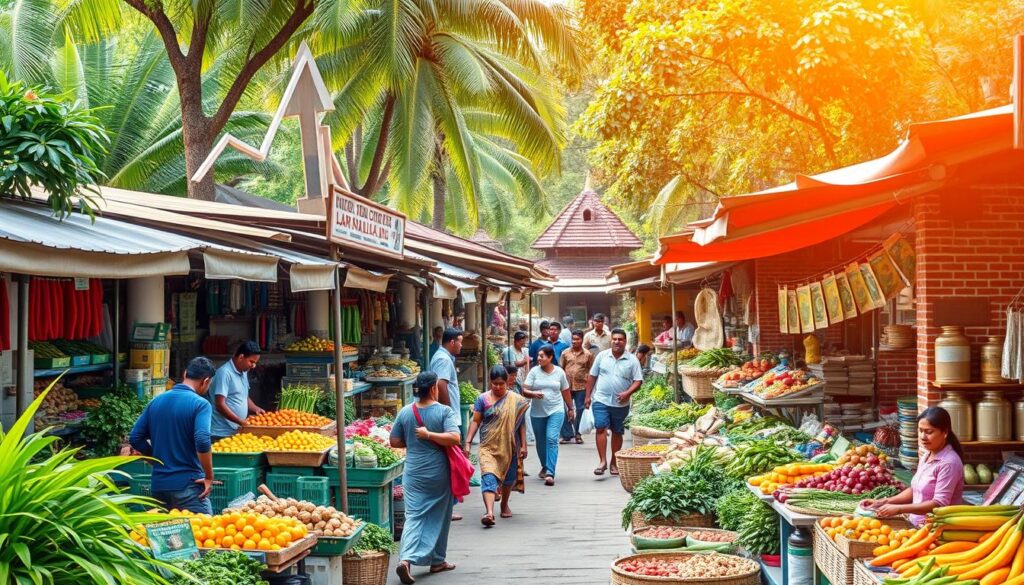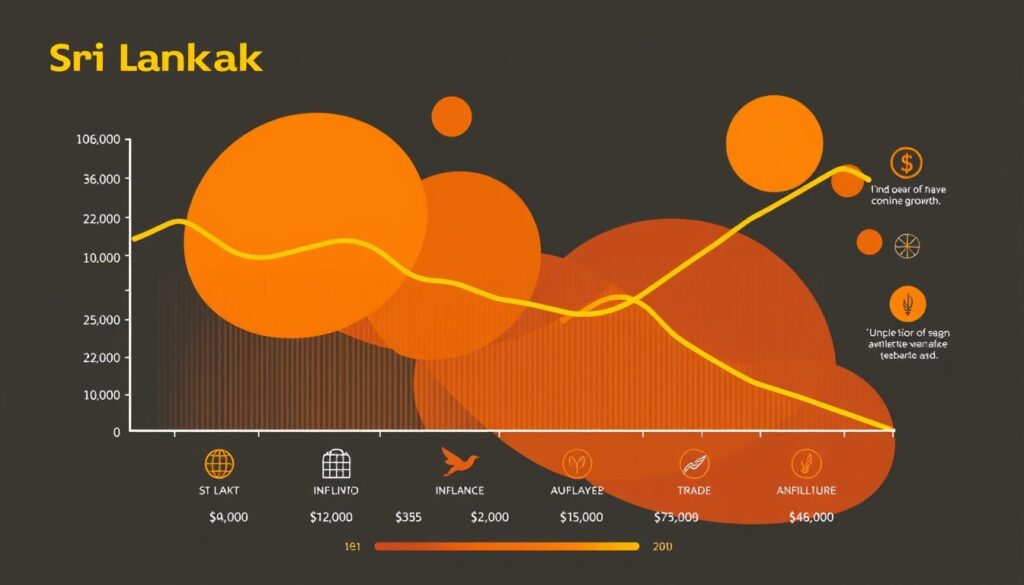Bus Accident in Badulla: Two University Students Dead, 39 Injured
In a tragic incident on the Mist-laden roads of Badulla, a road accident highlighted Sri Lanka’s road safety issues. Early morning, on the Badulla-Mahiyangana highway, a bus filled with young dreams had a terrible accident.
General Sir John Kotalawala Defence University (KDU) is grieving the loss of two students. This accident is a sharp reminder of how uncertain road travel can be. The bus accident in Badulla shocked the nation, with 39 injured fighting for their lives in Badulla Hospital.
The accident happened around 7:45 a.m. between the third and fourth-kilometer posts. The bus, carrying KDU members, went off the road. This raises concerns about vehicle safety and road conditions. On board were university students dead, teachers, and military personnel who faced a horrific incident as the bus crashed.

Local people and emergency teams worked hard to help the injured. Ambulances rushed the victims to Badulla Teaching Hospital for urgent care. Six seriously hurt people are in the ICU. Others are getting ready for surgery.
Early findings suggest a technical problem caused this tragic event. Sri Lanka news is keeping everyone updated. OMP Sri Lanka is working hard to uncover the truth behind this sad story.
The Response to the Bus Crash: Rescue Efforts and Medical Treatment
Right after the tragic bus crash in Badulla, rescue efforts began quickly. The Badulla Municipal Fire Brigade and local emergency services joined forces. Their prompt action helped reduce harm and get the injured help fast.
Emergency Services’ Swift Action
The emergency teams responding to the bus crash were from different units. This included the local police and the army. They worked with the fire brigade to secure the site and help victims. Their quick and efficient efforts meant survivors got the help they needed without delay.
Hospitalization and Treatment of the Injured
A total of 39 victims received transport to the Badulla hospital. They had injuries ranging from minor to critical. Dr. Palitha Rajapakse led the medical team into action. Eight patients needed intensive care, which shows the crash’s severity.
Investigations into the Cause of the Accident
Early investigations point to brake failure as the cause of the crash. Authorities are still looking into it. They want to find out exactly what happened. This will help prevent similar accidents in the future.
In other news, financial stability measures are helping the country’s economy. This includes the Sri Lankan Rupee growing stronger against the US Dollar. Such growth can help improve public safety with more funding and better emergency services.

| Event | Details |
|---|---|
| Bus Crash Victims hospitalized | 39 |
| Immediate Fatalities | 2 university students |
| Critical Condition | 5 admitted to ICU |
| Investigation Cause | Brake failure suspected |
Following this disaster, Sri Lanka is showing commitment to safety in different sectors. This includes collaborative projects like the one between the FAO and Norway to enhance fisheries. It demonstrates a national effort to improve readiness for emergencies.
Impact on the University Community: Sir John Kotalawala Defence University Mourns
The tragic bus accident in Badulla has greatly affected the Sir John Kotalawala Defence University. Two members of our university have died, and 39 students are injured. The university is now a place of deep sorrow and mourning.
The sadness reaches across students from all over the country. They are united in their grief and support for each other during this tough time. It’s a moment for remembrance and collective healing.
The university is closely looking after the injured students. We are ready to help them heal, both body and mind. The tragic accident has made us think about how to keep students safe on future trips and activities.
We’re dedicating ourselves to enhancing student safety measures. It’s crucial not just to mourn but to learn and improve protection for our students.
Despite the tragedy, Sri Lanka continues to push forward. The partnership between FAO and USAID marks progress in agriculture for the country. This reflects the nation’s commitment to thriving and overcoming challenges.
As the Sir John Kotalawala Defence University grieves, it remains part of the national effort. Together, we strive for resilience and growth amidst adversity.





